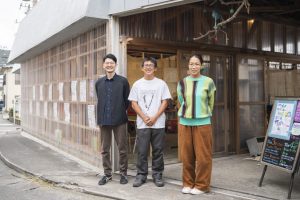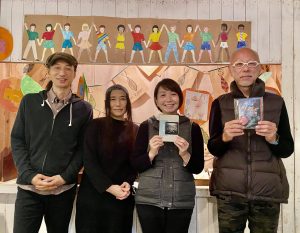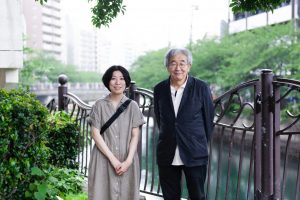The project name “metote (目と手indicates to eyes and hands),” representing sign language—a visual language. Launched in 2022, metote-lab aims to reexamine the culture nurtured through sign language, explore new forms of communication, and create a space where each individual can be themselves. True to its name, the “lab” engages in research, study, and development from various perspectives while working towards the goal of creating a space (an inclusive environment).
The origin of metote-lab dates back to 2020 when Natsumi Wada participated as a navigator in the Tokyo Art Research Lab (TARL), a collaborative project under the Tokyo Artpoint Project. This program was designed to explore ways of encountering differences, assuming that each person is unique. It involved workshops where participants attempted communication using various methods such as voice, text, and body language. The format resembled a seminar, with repeated experiments, including listening to experts’ discussions.
New communication starting with sign language: metote-lab Tokyo Artpoint Project + ooo general incorporated association
Next Tokyo Discovery Squad!
No.013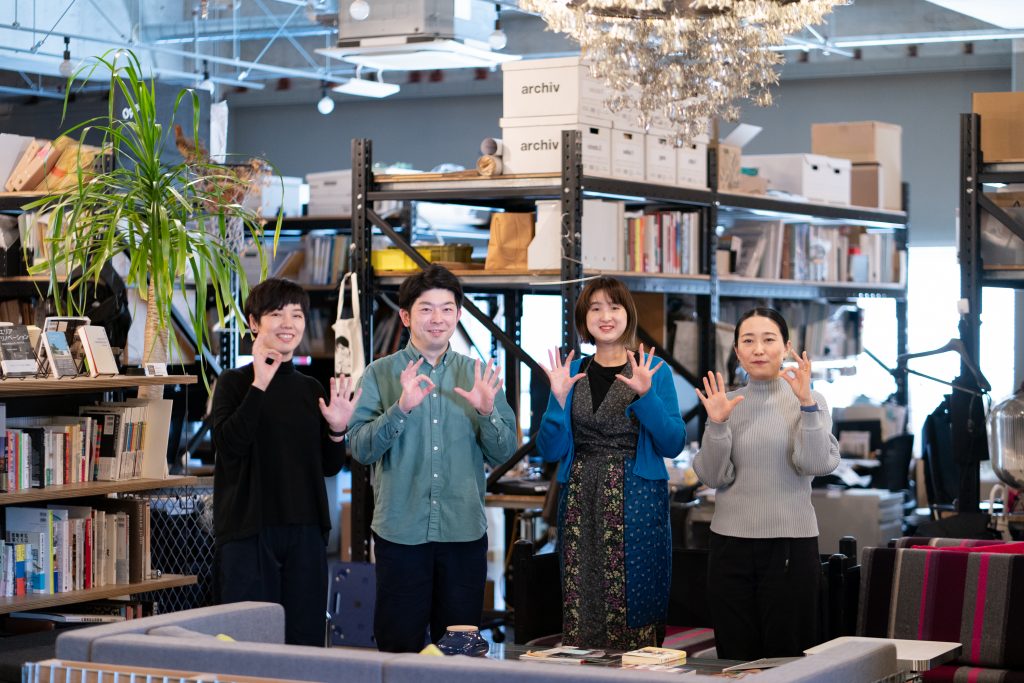
The Tokyo Artpoint Project started in 2009 with the aim of creating many “art points.” So far, it has collaborated with over 50 organizations and carried out 45 projects.
The third installment in a series of interviews with organizations participating in the Tokyo Artpoint Project features the general incorporated association ooo (pronounced ooo), which operates a project metote-lab that began in 2022. While examining the culture that has developed through sign language, metote-lab aims to create a space where people can explore and develop new forms of communication. What kind of “space” is this? We spoke with Natsumi Wada, Kazunori Nemoto, Tae Yoshihara who are among 10 members of ooo, and Saeko Oyama, a program officer of Arts Council Tokyo.
A place where I can be myself
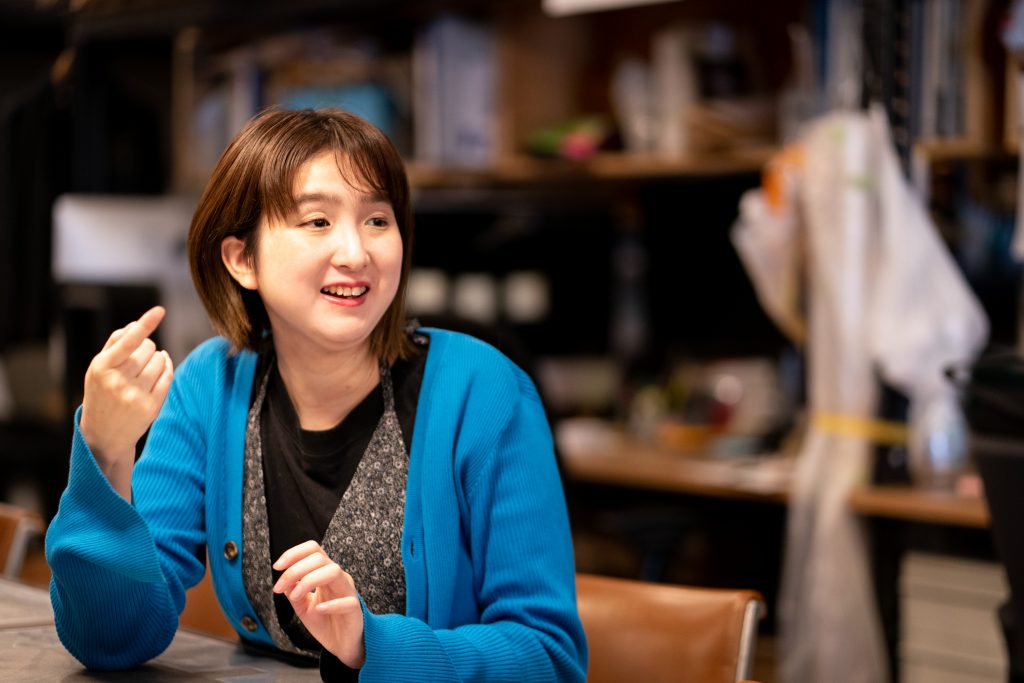
Ms. Wada, who is a CODA (Child of Deaf Adults) and a hearing person, has been exploring the concept of “what it means to communicate” in her daily life.
“Since I was a child, I’ve been moving between the worlds of deaf and hearing people, so I’ve always thought about how these two worlds meet,” she explains.
Her exploration of these questions deepened through her experiences in TARL. Understanding the culture nurtured through sign language can bring new insights even to those who do not use sign language. Ms. Wada expressed her desire to create a space where such encounters could occur, leading to the conceptualization of “metote-lab.” One of the individuals involved in this initiative is Kazunori Nemoto, who is currently a teacher at a special support school in Fukushima Prefecture. Mr. Nemoto grew up in a deaf family where all members are deaf.
“It seems that, until then, I had been living without much awareness of the challenges Ms. Wada was contemplating. However, as I talked with Ms. Wada, who lives with both the world of the deaf community and as a hearing person, I began to realize commonalities in our thoughts and gained insights into whether this is the society of hearing individuals. Although I only met Ms. Wada a few years ago, we share many topics of empathy, and there’s a strange sense of familiarity, almost like an old acquaintance. Just a brief conversation can bring glimpses of the past. I feel that this kind of sensation also played a role in the inception of metote-lab.”
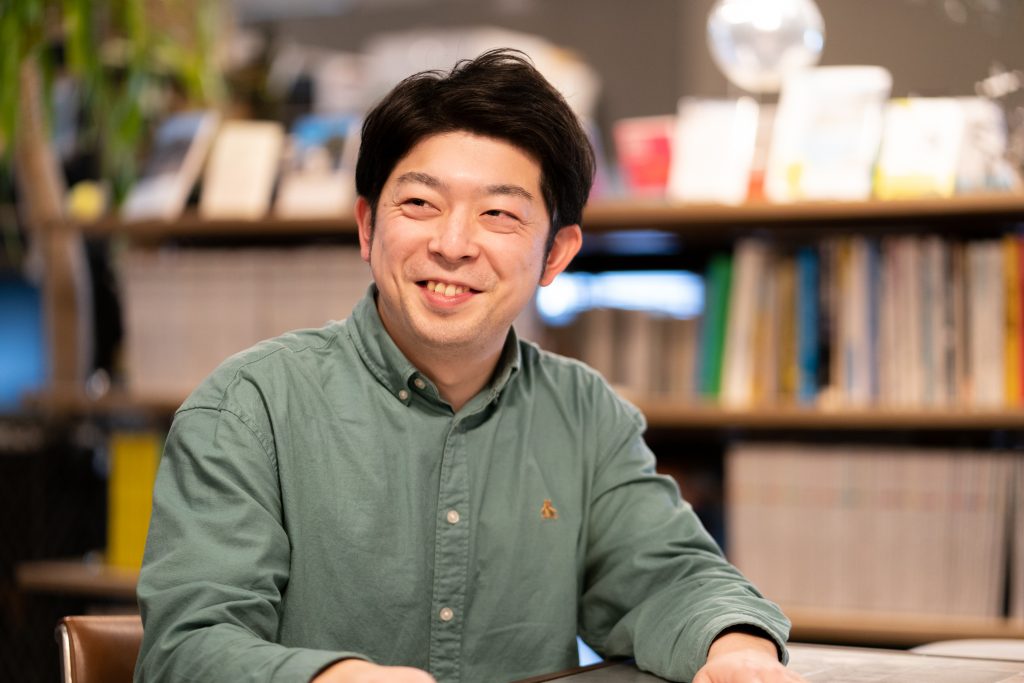
At the end of fiscal year 2021, Tokyo Artpoint Project sought organizations to operate art projects under two themes: “Multiculturalism, Coexistence, Communication” and “Inter-disasters, Disaster Reduction, Resilience.” Prompted by Ms. Wada’s question and after encounters with Mr. Nemoto and other members, Ms. Wada and others established the general incorporated association ooo. They applied under the first theme and were selected. According to Saeko Oyama, a program officer of Arts Council Tokyo, their project proposal outlined “establishing a base” as the ultimate goal. However, considering the broad sense of creating a “space” that includes creative communities and connections, the members discussed whether it would be more prudent to carefully build the image of an ideal place rather than immediately establishing a physical base. They concluded that, to solidify a concrete vision, the first year should be dedicated to research, exploring the ideal characteristics of the envisioned space, and initiated the project accordingly.
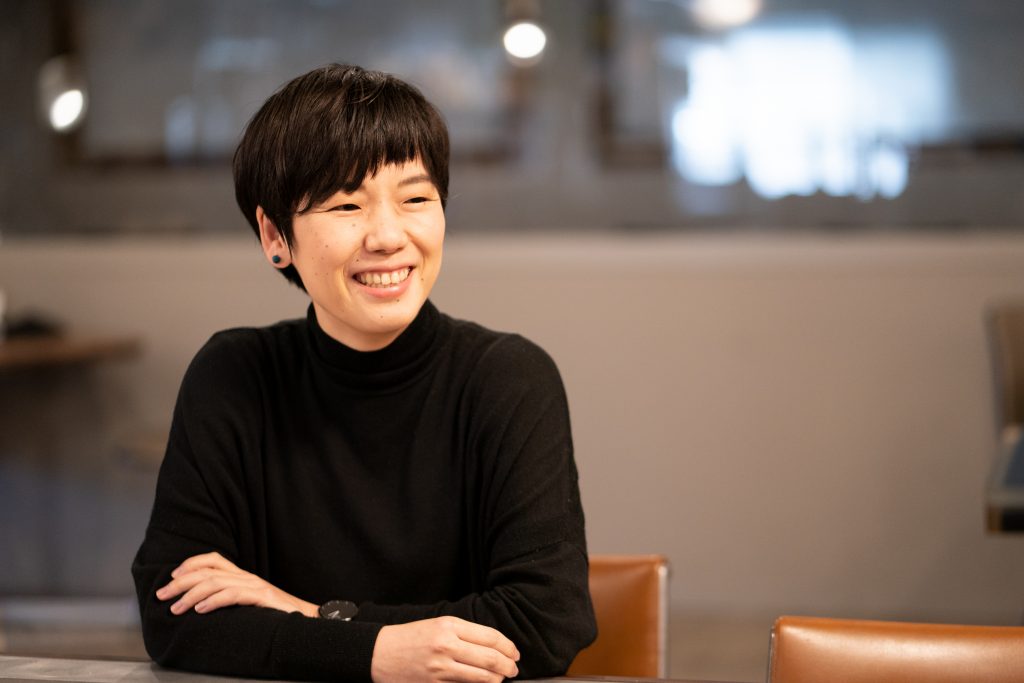
We want to create a ‘home’ within society where people can return to with peace of mind
So, what is the ideal “space”? In discussions within the team about their aspirations, Mr. Nemoto envisioned an ideal space based on the home of his mentor and fellow teacher at a school for the deaf, Toshio Hasegawa. This home served as a place where many students, spanning generations, gathered to communicate through sign language, exchanging thoughts while making eye contact. Inspired by this image, the team decided to first visit Fukushima where Mr. Nemoto lives.
“We wanted the metote-lab members to experience the atmosphere of sitting in a circle, engaging in lively sign language conversations. That’s why I introduced Mr. Hasegawa’s home,” explained Mr. Nemoto.
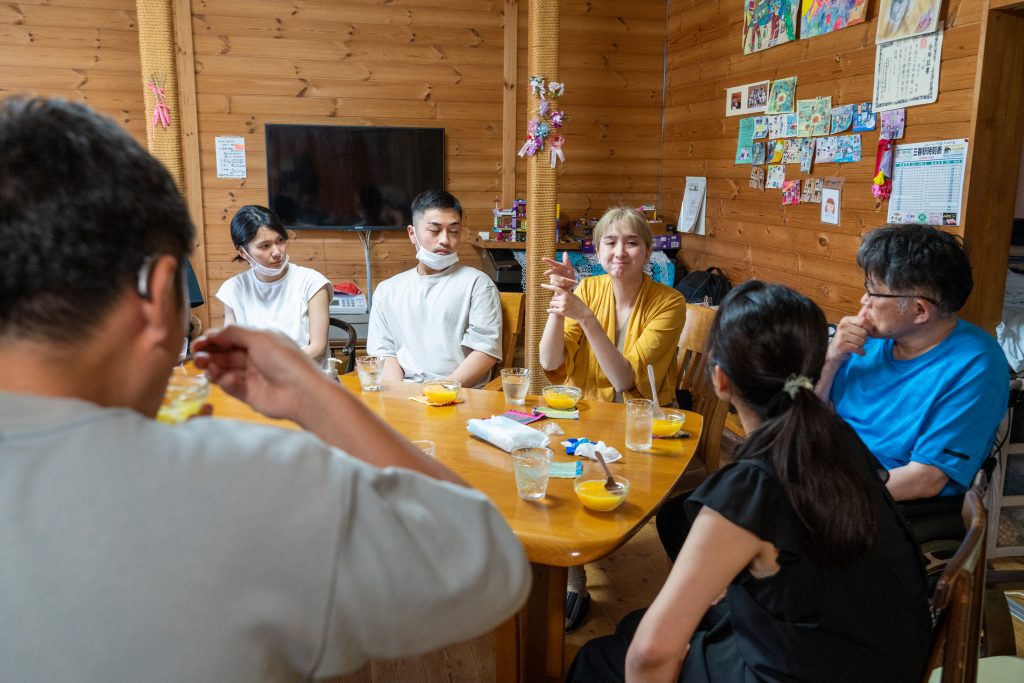
They also visited cultural institutions such as the Fukushima Museum, Hajimari Art Center, and Nishi Aizu International Art Village. One of the team members, Tae Yoshihara, who has been involved in operating art projects, introduced these cultural facilities.
“Sign language, unlike spoken or written language, involves physical movements, making it challenging to preserve in written form. To explore how such a language can be documented, we included museums and art galleries with archival capabilities in our research,” explained Ms. Yoshihara.
Afterward, they also visited Nagano and Aichi. In Nagano, they went to Natsumi Wada’s parents’ home, where her parents played a central role in creating a livable space. In Aichi, they explored various places, including NPO Tsukushi, a center for the hearing-impaired and deaf that provides services such as life support, ongoing employment support, and after-school day services. They also visited Minatomachi Art Table, Nagoya, an art project in Nagoya.
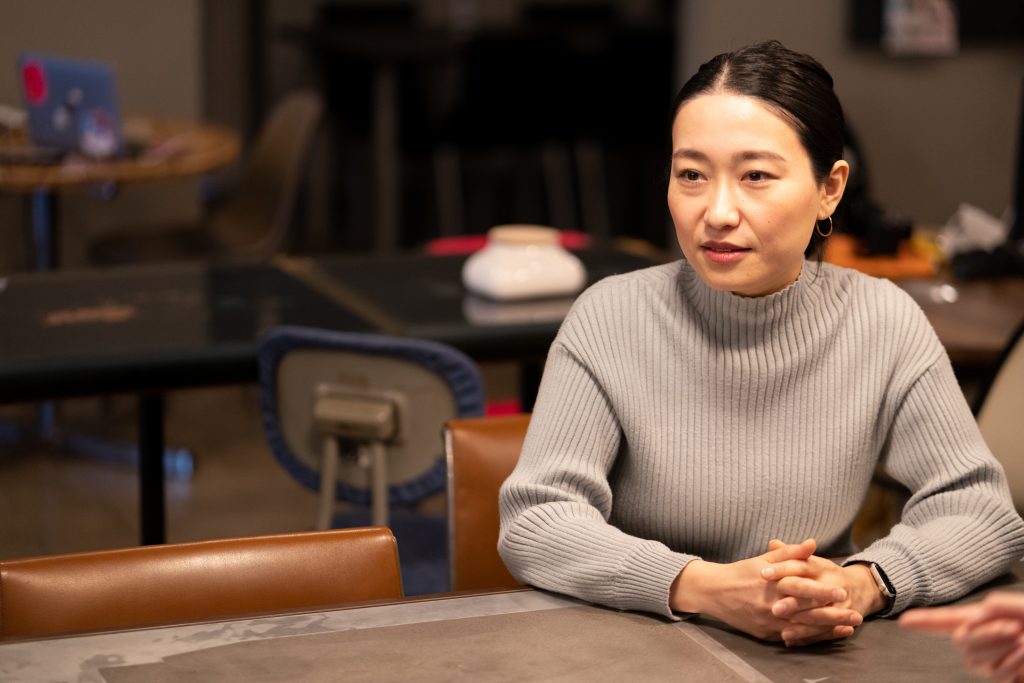
Ms. Wada mentions that the series of their visits also served as research for “DeafSpace.” DeafSpace is a concept proposed by Gallaudet University, a university for the deaf in the United States. It involves designing spaces based on the sensory experiences and sign language conversations of deaf individuals. For example, it includes features like staff desks placed where everyone can see, open spaces allowing sign language conversations, and more.
“In Japan, the term ‘DeafSpace’ hasn’t fully penetrated yet, but my parents’ home, Mr. Hasegawa’s home in Fukushima, the group home in Aichi—all of them, in a way, embody certain aspects of DeafSpace. While these concepts might be commonplace within the deaf community, they are often not widely known in the general public.”
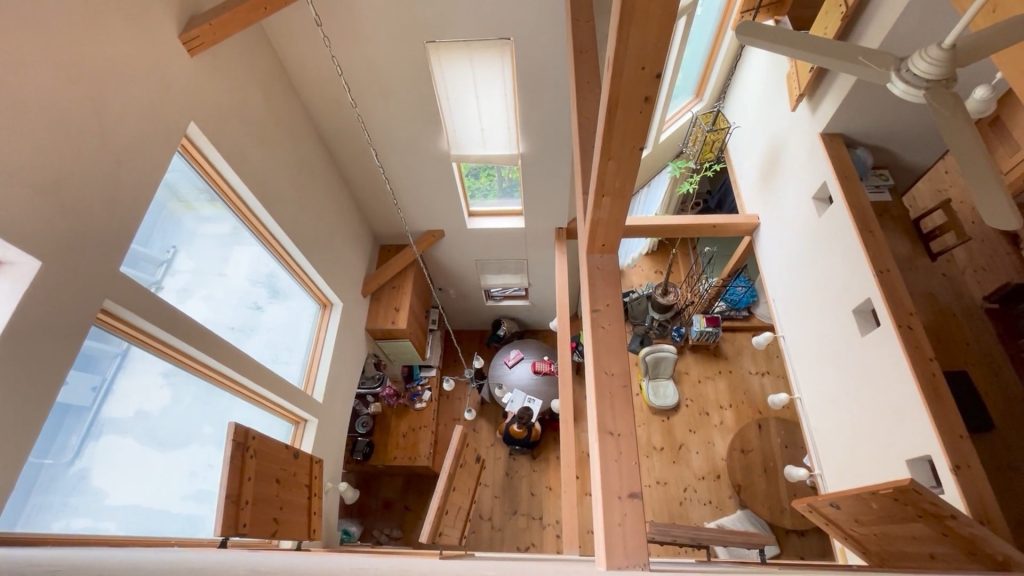
After a year of research at various locations, the key concept that metote-lab arrived at for its ideal space was “creating a home.” This “home” signifies a space where one can return with peace of mind—a place that feels like home. The idea emerged from a desire to establish homes within society where everyone can feel at ease, rather than fighting in an unfamiliar environment.
When we consciously turn our attention to things that seemed ordinary or taken for granted
Ms. Wada reflects that approximately one year has passed since the start, and she says, “Little by little, the outline of our activities has become visible.” At the end of the last fiscal year, they compiled the research and activities into articles on a website platform named note.com and produced documentation. Looking ahead, they plan to create a website, signaling a stage where they are gradually focusing on promoting the project. Ms. Yoshihara, who is responsible for editing on platforms including note.com, emphasizes the importance of “a sense rooted in ‘the self.’”
"When disseminating information about metote-lab, we explore ways of editing that affirm each member’s sensory perception. Because sign language is a visual language, there is a different sensory perception compared to Japanese. In order to convey that sensation, we are exploring communication methods using illustrations, videos, and engaging in discussions with members, web designers, and interpreters.”
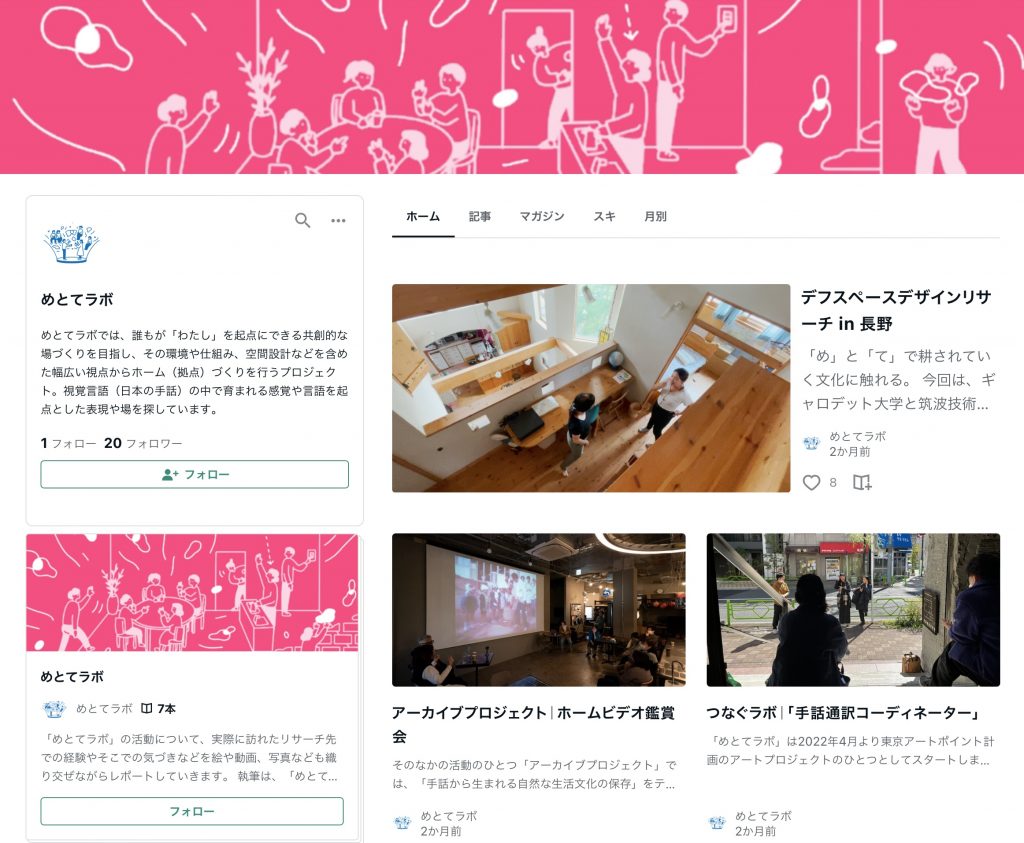
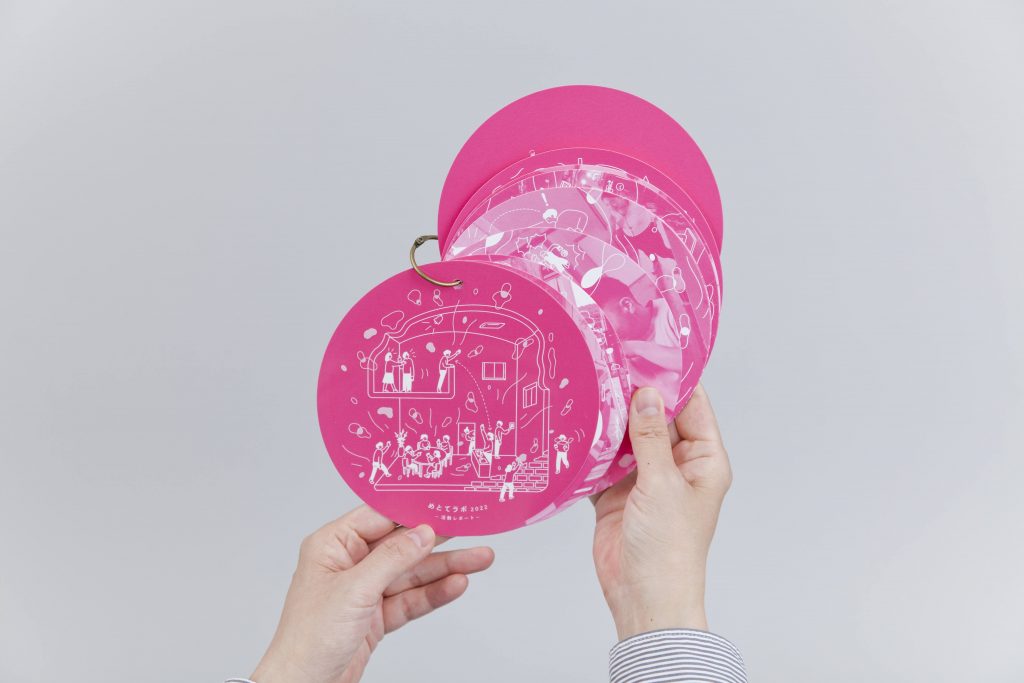
Looking back on the past year, Mr. Nemoto expresses, “I feel possibilities for things that I had taken for granted and was not aware of before.”
“By taking a fresh look at sign language, which was natural for me, and the culture nurtured through sign language, I discover that there might be such an impact on society. It’s also an opportunity to objectively view myself. I feel comfortable expressing myself in my language.”
From Ms. Wada’s question, “What does it mean to communicate?” sprouted metote-lab, leading to numerous encounters, realizations, and dialogues.
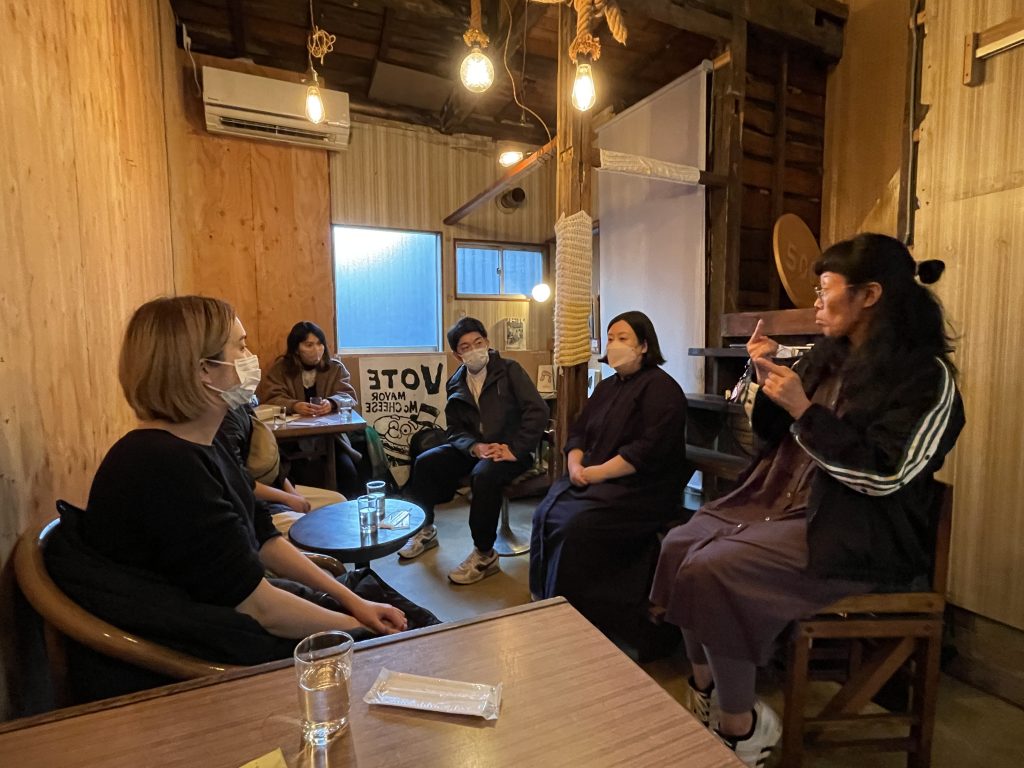
While there are often funding and support programs that expect results within a few months to a year, the Tokyo Artpoint Project is a program that considers multiple years of continuity. Ms. Wada emphasizes the significance of having the support of a co-hosted project, saying, “Being able to proceed with peace of mind is significant. The environment of engaging with people who have a track record in art projects and cultural initiatives is encouraging, and it becomes a source of insight into what makes ‘our project interesting.’”
By initiating the project under the Tokyo Artpoint Project, they have reconnected with various people and communities, “feeling a sense of potential in creating new structures and recognizing the significance of metote-lab’s activities.” As they aim to create spaces, their activities are gradually expanding, subtly influencing and changing society. It will be interesting to see how, in partnership with the Tokyo Artpoint Project, metote-lab’s initiatives will branch out and blossom, influencing the community and beyond.
Japanese original text: Emi Sato
Photo: Hajime Kato (excluding ★)
Translation: Kae Shigeno
Tokyo Artpoint Project
https://tarl.jp/en/about/tokyoartpoint/
metote-lab
https://tokyoartpoint.jp/projects/metote/ (in Japanese)
https://note.com/metotelab (in Japanese)
metote-lab contributed to conducting talk sessions, lectures, and workshops at Creative Well-being Tokyo: Everyone connects through culture summer session 2023.
https://creativewell-session.jp/



